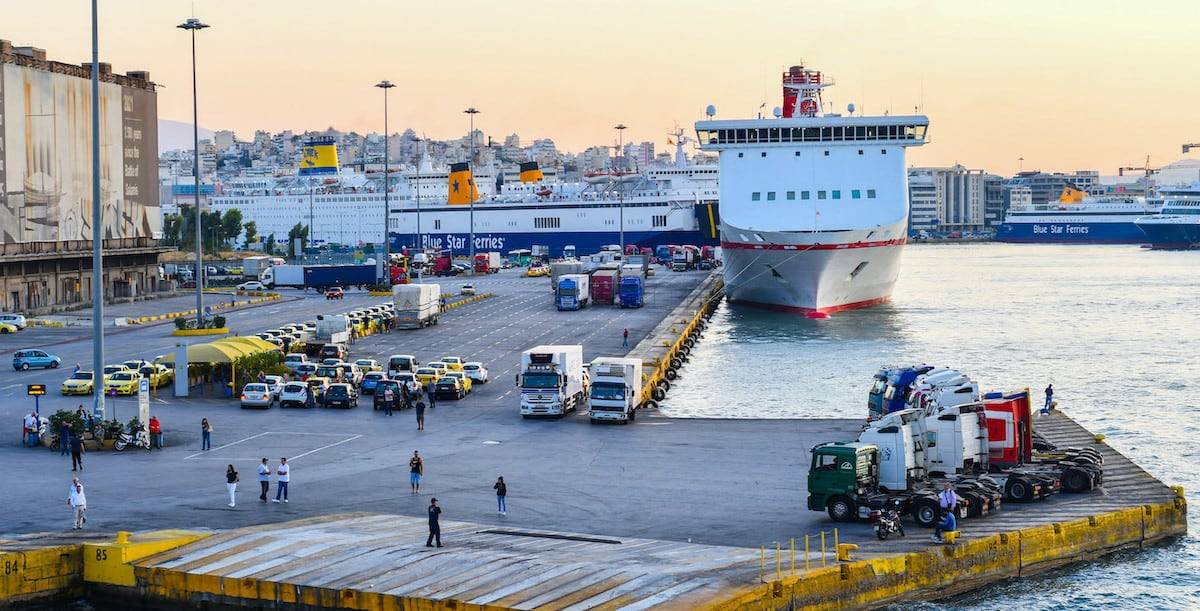According to a brief notice highlighted by Ports Europe, the Piraeus port master plan is now subject to constitutional review. The communication provides no additional documentation, but it indicates that the plan guiding future development at the port is under formal legal evaluation against constitutional standards. No citing authority, initiating party, or procedural outline accompanies the reference, leaving the status framed as an ongoing process rather than a concluded determination. In practical terms, the statement signals a structured legal checkpoint that may precede further administrative steps and public communication.
The lack of specifics is notable. The notice does not state whether the review is preliminary or advanced, whether it addresses the plan as a whole or selected provisions, or whether it arises from routine oversight or a filed challenge. It also does not describe potential outcomes—approval, conditional adjustments, or remand for revision—or the potential schedule for clarification. In the absence of such details, operational and investment decision-makers must navigate heightened uncertainty regarding how and when the plan might progress.
What a constitutional review typically means
In general terms, constitutional review examines whether public plans and decisions align with a jurisdiction’s foundational legal principles. Depending on the applicable framework, this may include assessments related to competence, proportionality, procedural safeguards, and transparency, as well as consistency with statutory mandates and higher-order norms. While the mechanisms vary across systems, the core function is to ensure that government-authorized planning remains within legal boundaries. In many cases, such review can also intersect with environmental and social impact considerations insofar as they are embedded in constitutional or statutory requirements for lawful compliance.
From a project-management perspective, a review can affect schedules, sequencing, and resource allocation. Administrative bodies may request clarifications, additional documentation, or targeted amendments before allowing implementation to proceed. Depending on the findings, modest corrections or broader restructuring could be contemplated. Without any stated parameters for this particular case, however, it is not possible to infer a likely timeline, the depth of examination, or the probability of changes. What is clear is that a gatekeeping legal process is underway.
Stakeholders connected to major ports typically include public authorities, operators, service providers, labor, and local communities. For them, transparent communication and legal certainty are central to planning, procurement, and financing. In that light, confirmation of a constitutional review invites cautious planning and scenario analysis, with attention to contingent milestones and decision points. That approach can help stakeholders remain aligned on interim actions while awaiting formal direction, without presupposing the outcome of a process that has yet to be described.
Because the brief reference does not identify the forum, method, or trigger for the review, it would be premature to attribute the matter to any single institution or pathway. The appropriate reading is narrow: the plan is being examined under constitutional criteria, and conclusions have not been announced. Until official documentation becomes available, the prudent stance is to monitor legal scrutiny and avoid drawing inferences beyond the limited information in the notice.
In sum, the update establishes a clear fact pattern: the port’s principal planning document is under constitutional examination, and further details remain pending. Next steps will depend on the content and outcome of that review, as communicated by the competent authorities through formal channels. For the port community and observers, the priority now is clarity—when it arrives—so that long-term development, operations, and oversight can proceed within a stable and predictable legal framework.





